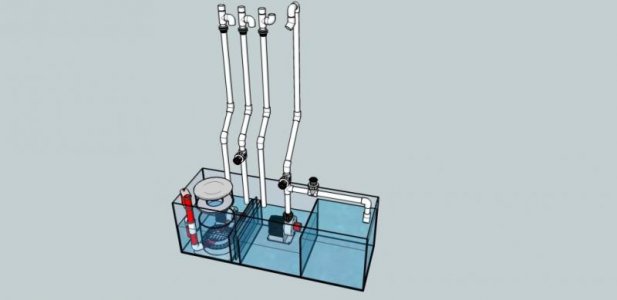Maxxingout
New member
Thunderfan; I pretty much have the same setup as you. I just finished all my plumbing after a few hiccups. You hit the nail on the head when you with that 10sec syphon time. I was very surprised at how fast it kicked in with minimum air purging.
I will have to give kudos to all the very helpful and knowledgeable people here. Without a doubt helped me understand and implement the BA system.
I will have to give kudos to all the very helpful and knowledgeable people here. Without a doubt helped me understand and implement the BA system.



